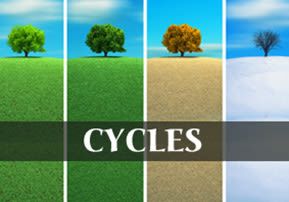
Tzav: Cycles of Our Lives
The cycles of light and dark, day and night, represent the ebb and flow of our lives. Our internal and external worlds are sometimes light, sometimes dark...

Parshat Tzav
You didn't have to take Judaism 101 to know that a Jewish "day" starts with sunset. Shabbos begins with the stirring singing of Lecha Dodi, followed by the Evening Prayers and continues until after twilight Saturday night. Seems simple enough.
It is clear from this week's Parsha that the main activities in the Temple (Beis Hamikdash) are performed by the Priests (Kohanim ) during the day. The unfinished service is completed by the bringing the offerings on the Altar that night. The next day marks the start of a new day of renewed service. And so goes the cycle of service in the Temple. It seems logical enough to start in the morning and continue until  night, but it doesn't fit into the pattern of "And it was evening, and it was morning, one day".
night, but it doesn't fit into the pattern of "And it was evening, and it was morning, one day".
A second problem with the Jewish calender.
Question: What day marks the beginning of the Jewish year?
Answer: (Obviously) Rosh Hashana which starts with the Hebrew month of Tishrei.
Question: What number month is Tishrei in the Jewish calender (first, second, etc.)? (Yes, you're right, it's a trick question.)
Answer: Tishrei is the seventh month in the cycle of the months starting with Nissan, the month the Exodus took place.
Sound funny? Starting the Jewish New Year with the seventh month? (That's OK, Jews are funny people.)
Day and night, winter and summer are not just physical realities according to our Torah. They represent states of being. The cycles of light and dark, day and night, represent the ebb and flow of our lives. Our internal and external worlds are sometimes light, sometimes dark and usually many shades in between.
The wise King Solomon tells us in Ecclesiastes: "What profit does a man have for all his labor which he toils beneath the sun?" His statement seems fairly clear: the light of the sun represents the futilities of life. Yet towards the end of the same book he teaches us "Sweet is the light, and it is good for the eyes to behold the sun." Such an inspiring picture of the same sun, far from fatalistic. What is Solomon's metaphor of the sun: frustration or inspiration?
We are well aware that one side of life is fairly sobering. Birth, life, death. "Ashes to ashes." With all the moments of pleasure and enjoyment we experience in this life, there is much futility in finite existence. The cycle of the seasons has a beauty in its changes but it hints that time is moving on with its inevitable end.
But this is only one side of life. There is another world planted in this physical world which is filled with light and joy. It is the opportunity to connect with the Ultimate Source of Light, Hashem Himself. It is found in the world of Shabbos, in a prayer by the Western Wall, within the exuberance of Simchas Torah, and in the yearning for a clean slate and new start during Yom Kippur.
And as physical and spiritual beings, we are pulled by these two worlds. We are pulled down by the gravity of time and space and the inescapable cycles of life. Yet, we are all pulled upwards by our holy souls, yearning to connect to that which is not limited, to our true spiritual essence.
In this world, in general, the demands of nature rule. The unyielding cycle of life and death is symbolized by the daily movement of sunset to sunset, a cycle that starts and ends with darkness. And although we do have breakthroughs of light, we ultimately have to confront the darkness as the starting and ending point of this world. With one exception: the Temple. In that holy place, as we rise above the confines of time and space, we come into a new, spectacular reality. That place is the world of light, clarity and ultimate meaning. And although, even in the world of the Temple we may temporarily face the darkness caused by our loss of focus of who we really are, in the end we come back to light. There we begin with and end with light.
This dichotomy plays itself out in the yearly cycle. The year starting and ending with Rosh Hashana follows the same cycle of the days of this physical world: we start and end with the shortening of the days that precede and lead to the darkness of winter. But, in that cloud, there is a silver lining of the cycle of the Jewish calender which beckons us to rise above time, to rise above ourselves. It starts and ends with Passover, the holiday that teaches us we are truly free from the confines of this world.
The futility represented by the first mention of the sun by Solomon is eclipsed by the sweetness of the second sun. It is our choice to choose which cycle of life we want to live by.
May the sweetness of the light of the Temple quickly shine upon the world and draw us closer to our real selves and to our Creator.







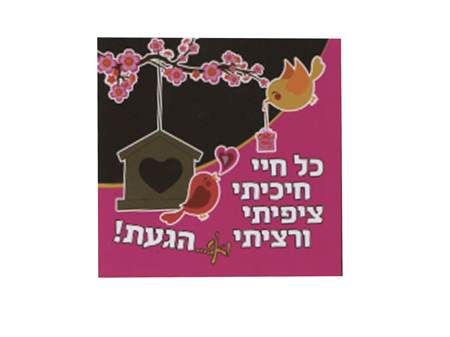
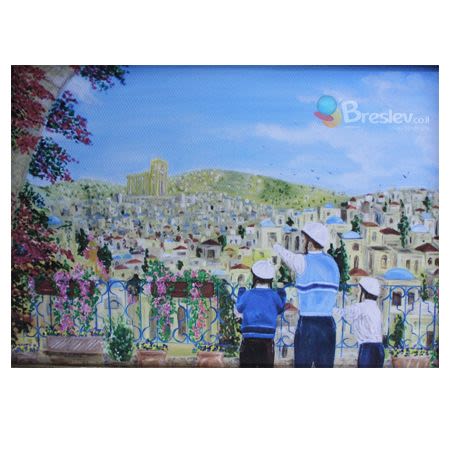
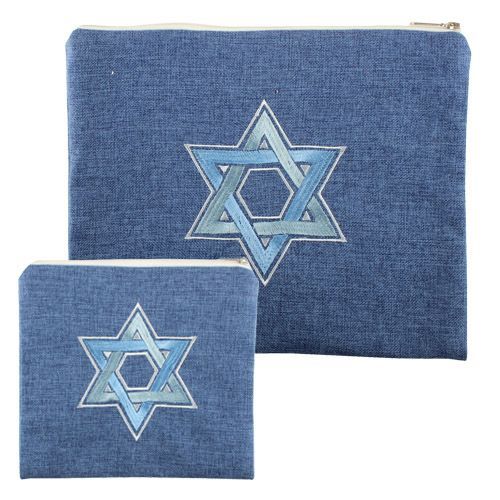
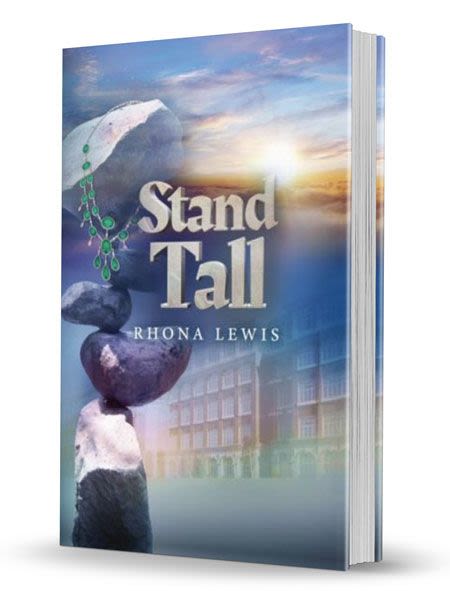

Tell us what you think!
Thank you for your comment!
It will be published after approval by the Editor.